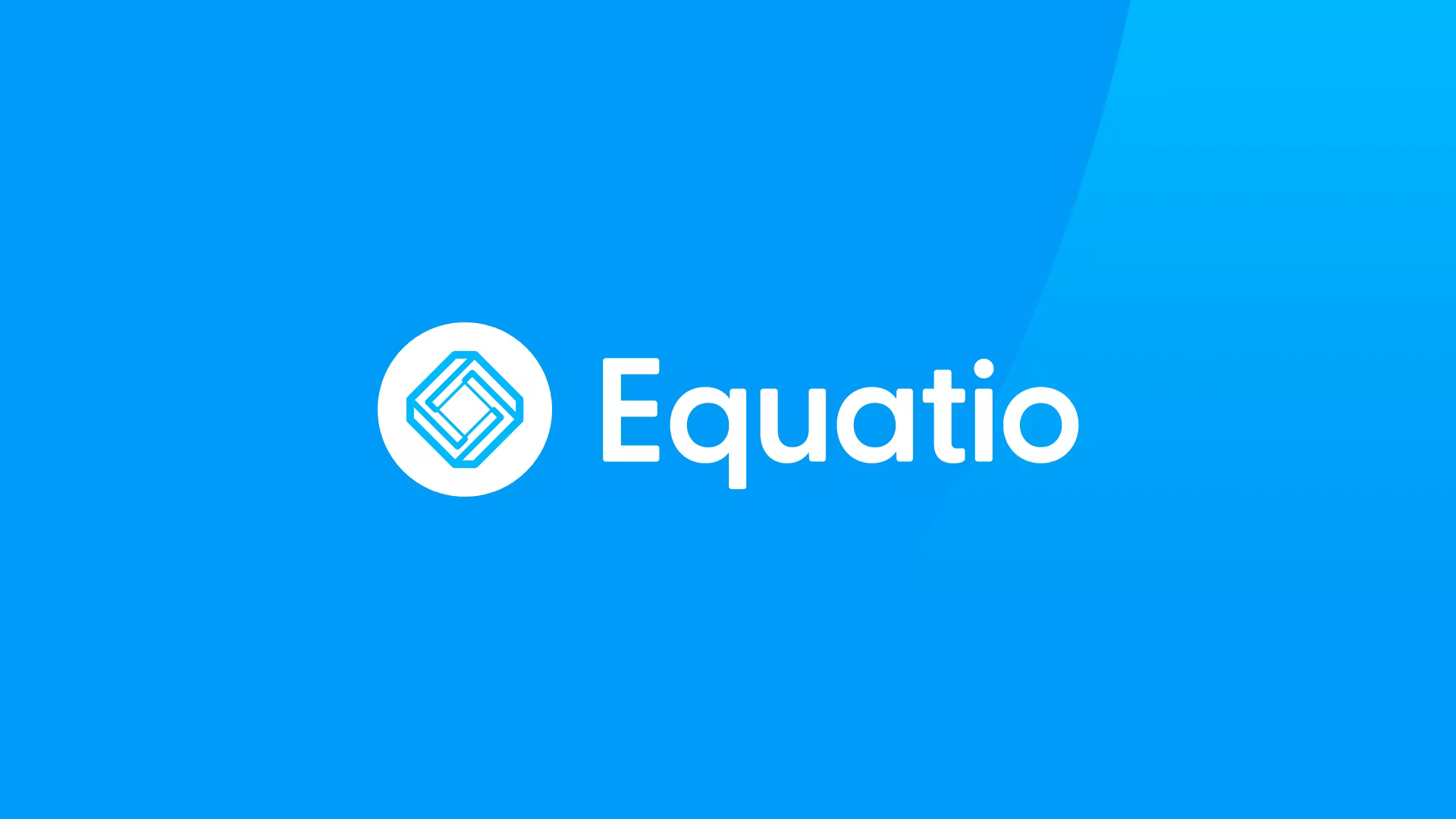Minnesota Elementary Boosts Math Scores Despite Low Funding
CHALLENGE
Minnesota's Esko Public Schools is home to approximately 1,200 students, with elementary class sizes ranging from 20–26 students per class. Esko Public Schools ranks second-to-last in per pupil spending for public schools in the State of Minnesota and is one of the lowest funded districts in Minnesota for 2012-2013.Winterquist Elementary’s first, second and third grades receive Title I funds for reading, but not math, and the district offers no formal tutoring program for students.
SOLUTION
Brian Wickenheiser teaches sixth grade math and science at Winterquist. Through internal school grants and outside funding sources, Brian’s sixth grade team was able to secure Turning Technologies’ ResponseCard NXT clickers for the entire grade. Along with Turning Technologies’ TurningPoint assessment software, the ResponseCard NXT clickers allow students to work independently of the teacher in differentiated groups. They can play competitive and cooperative games, check-in their homework, send data on scienceexperiments and think critically on math questions after answers have been submitted to the class.
“Now I can contribute my part (I teach math to 50% of the students) to what I call ‘Responsive Engagement,’ of which my NXT's play a critical role,” Brian saids.
Brian can use the collected data to respond to students' needs as they work. With the NXT’s self-paced testing feature, students can now work at their own pace during quizzes and tests. Once the students finish their test, it is automatically graded through Turning Technologies’ TurningPoint software.
CONCLUSION
Despite low funding and a lack of extra services for students, for the past several years Esko’s sixth grade students have placed in the top seventh percentile of schools for math in Minnesota as shown by MCA scores (Minnesota Comprehensive Assessment), a state standardized test. The ResponseCard NXT clickers and instant assessment data allow Brian to keep his lessons flexible and provide group and individual assistance during the students' learning. “Formative assessment has never been easier or better,” he said. The clickers also make summative assessments a learning opportunity by being able to monitor students' progress on tests. He is able to see the students' answers and work with those who aren't successful during the test, rather than waiting until the test is scored.
Although Brian has eight iPad® mobile digital devices available for student use in his classroom, he feels a large part of his students' motivation and engagement comes from each student using a ResponseCard NXT throughout the day. When asked if he prefers his ResponseCard NXT clickers or his eight iPad® mobile digital devices, Brian replied, “For raising student achievement scores on our standardized tests, I prefer the NXT clicker due to the instant feedback, ease of use and teacher control. For creativity and projects, I lean toward the iPad. It's about the right tool for the job. When results are compared to price, you can't beat the NXT clickers--they're a great value!”
Tools and ideas to transform education. Sign up below.
